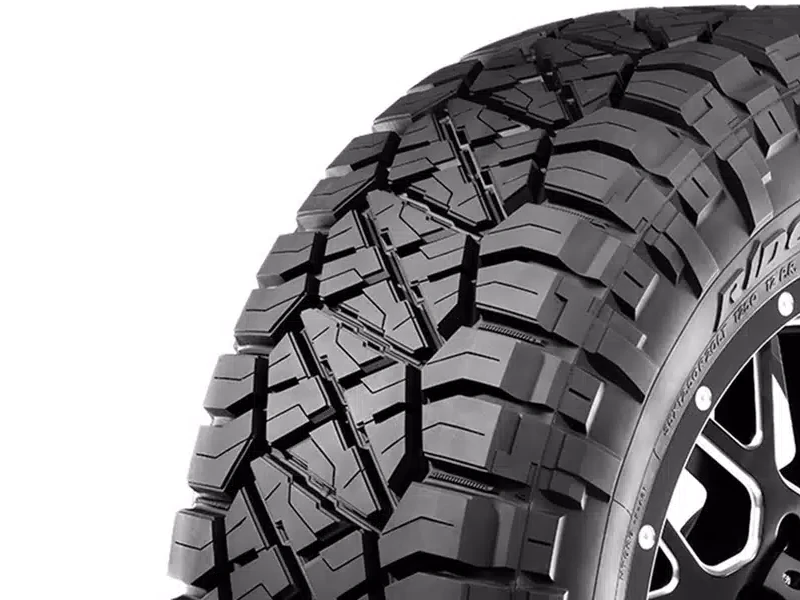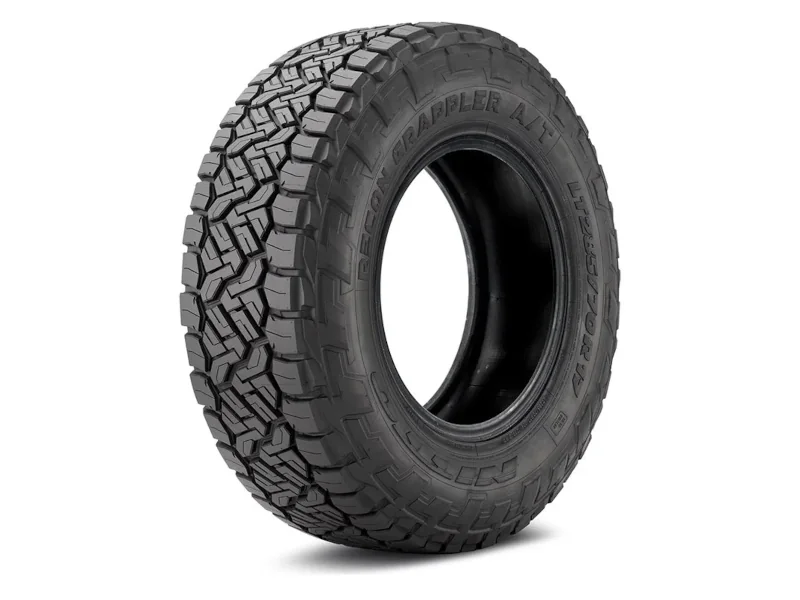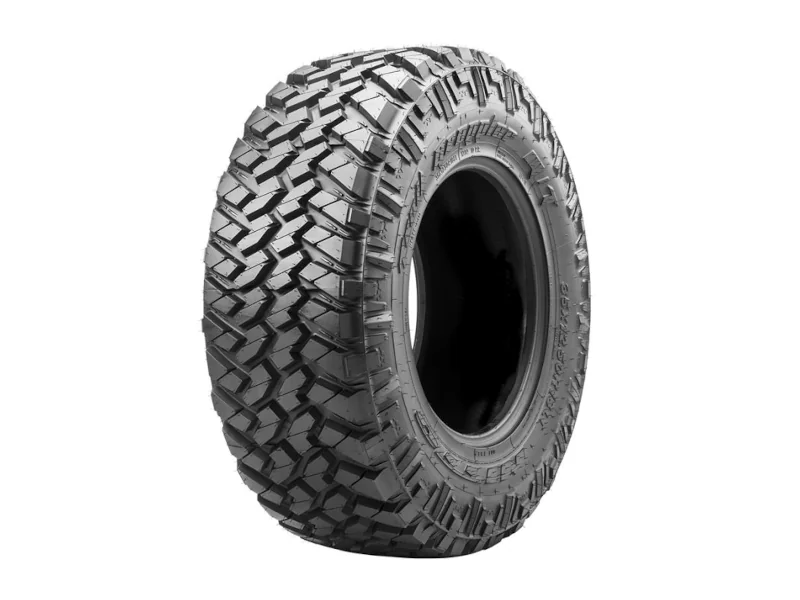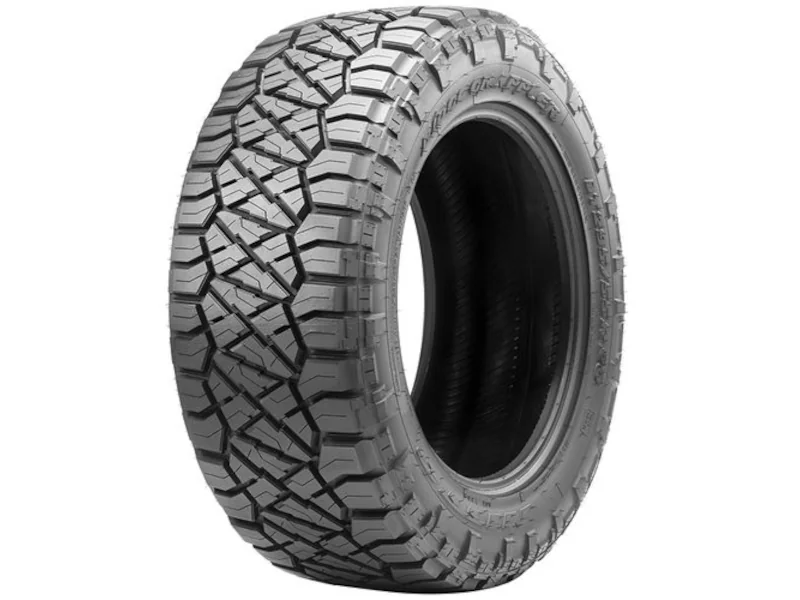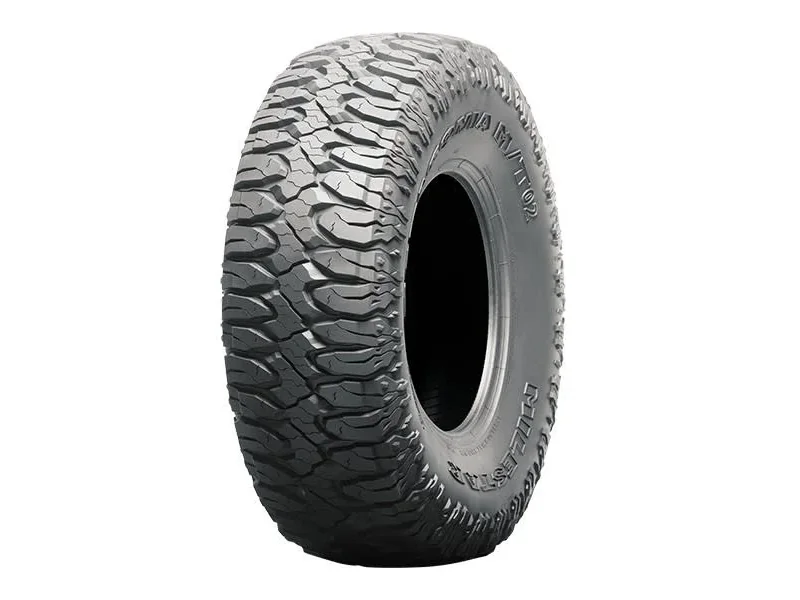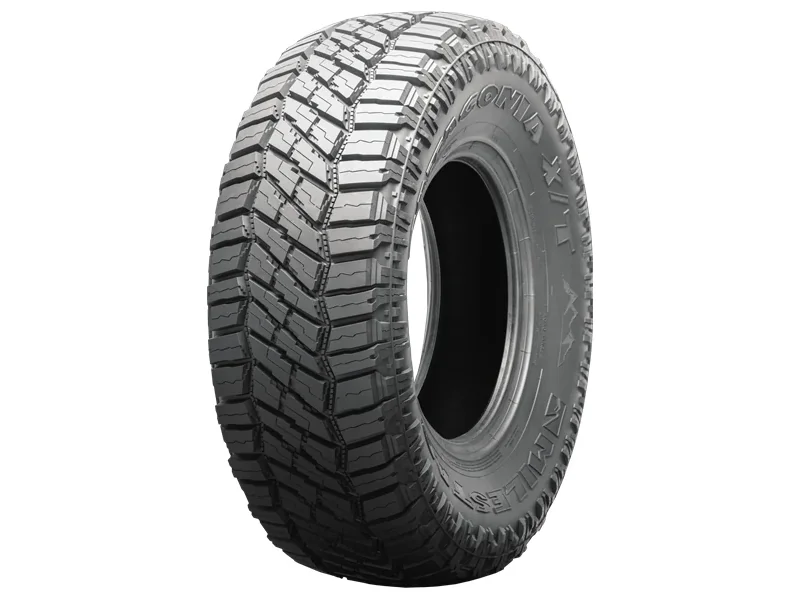- Auxiliary Lights
- Light Bars
- Fog/driving Lights
- Underhood/rock Lights
- 3rd Brake Light Solutions
- Back Up Lights
- Other Auxiliary Lighting
- Shop All
Stock
Category
Brand
Rating
Price
Stock
Category
Brand
Rating
Price
We couldn't find any results
- Use different keywords
- Double check your spelling
- Start with something less specific - you can refine your search results later
- Try changing some of your filters below:
Search term:
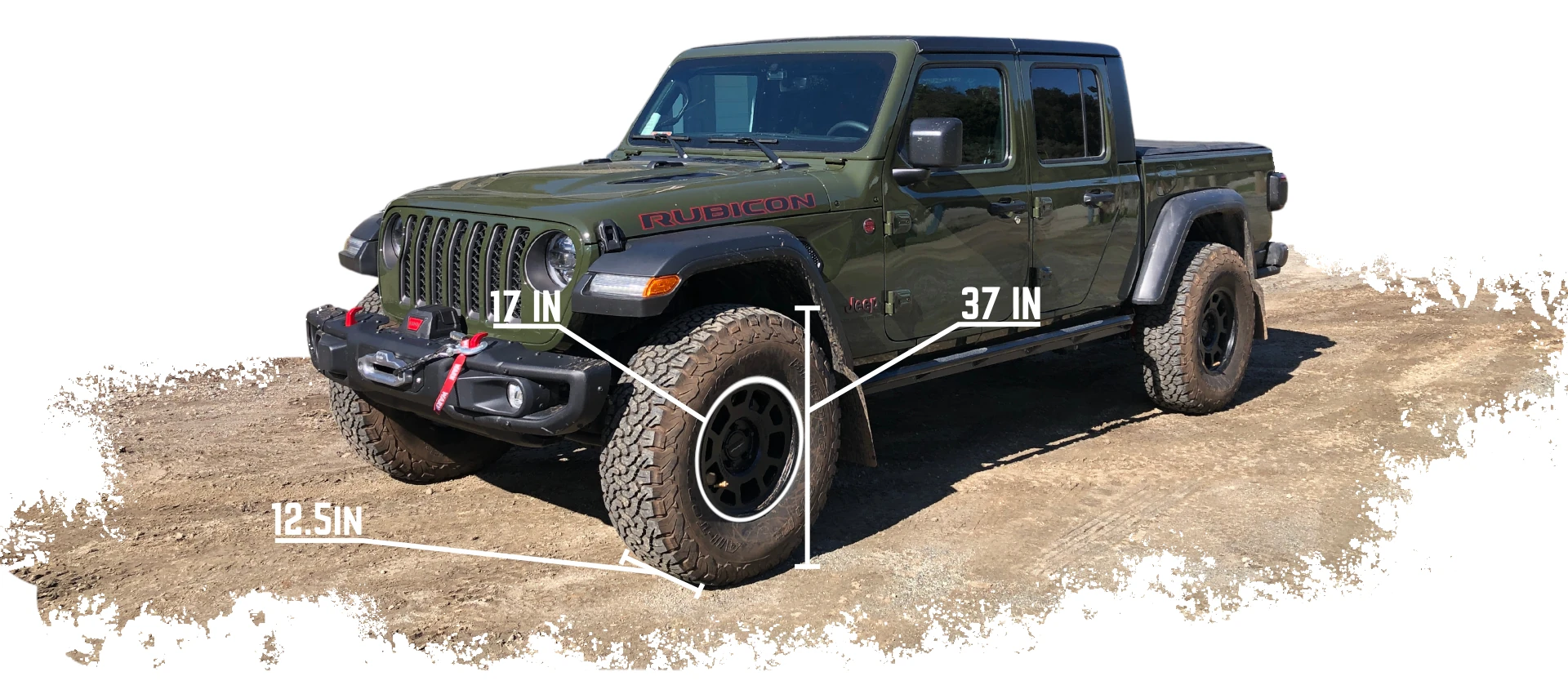
Selecting a new set of tires for your Jeep Wrangler, Gladiator, Bronco or more isn't as easy as picking the one that looks the coolest. There are many determining factors and specs to look out for to ensure you get the best possible tire for your needs and vehicle. Its also important to factor in a new set of tires into your build plan!
Size
Bigger tires are undoubtably one of the best upgrades for increased off-road capability and lets be honest, they just make your Jeep or 4x4 look better and more rugged. A larger tire size provides the clearance needed to tackle taller, more challenging obstacles more easily while helping to prevent scraping and damage to your rig's underside. Larger tires can also increase comfort when driving over rough terrain and road imperfections. Depending on how much larger your new set of tires is, you may need a suspension lift to fit the tires. A larger tire may also require a new set of aftermarket wheels that have a lower backspacing/offset to push the tires out away from the vehicle to prevent rubbing.
Before you stuff the largest tire possible under your Jeep, its important to consider what you'll be using your Jeep for. Remember, a 32-35inch tire will still get you to most places, especially if you are overlanding or sticking to easy-moderate trails. If you're looking to hit harder trails with large obstacles a 35-37 inch tall tire is a great option. 38-40 inch tall tires are excellent for those who want to tackle the most extreme trails out there!
When looking at tire sizes you'll see them listed in both metric and in inches. Below is a diagram showing how to read tire sizes for both metric and imperial. The size of a tire is indicated on its sidewall.
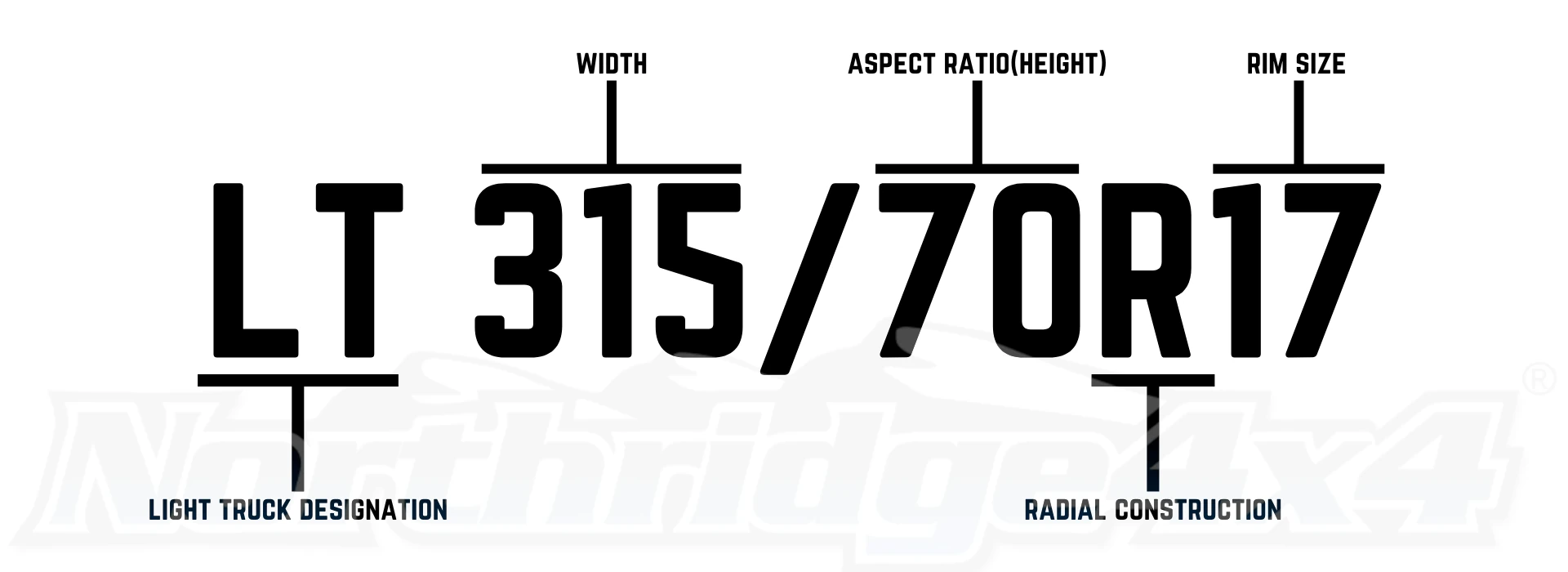
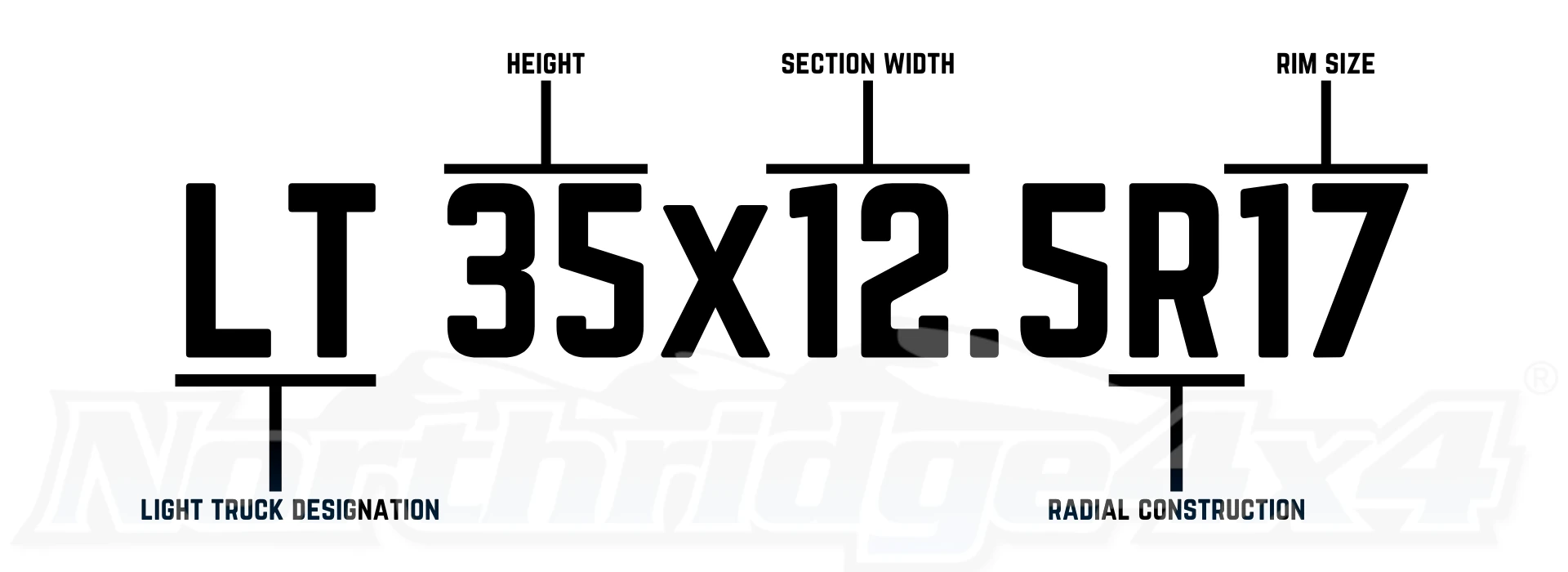
Weight
The weight of a tire has a great impact the drivability of your vehicle. As you increase in tire size, you also increase in tire weight. Adding a much heavier tire than stock increases rotating mass which can decrease miles per gallon, acceleration, braking power and adds extra strain on your suspension and steering components. However, a heavier tire may be more durable and suited to off-road abuse so there is always a give and take. You may need to regear your axles and beef up your steering components to handle heavier tires with ease. Checkout our blog on regearing as well as a crucial steering upgrade for running larger tires on your Jeep!
Opting for a lighter weight tire is a great option for those who want to keep their vehicle driving as close to stock as possible.
Load Rating
The load rating of a tire is how much weight and tire pressure each tire can safely support. Generally the load ratings used for Jeeps, Broncos and mid size trucks is C, D and E. Typically C load rating is what comes from the factory, as you go up in load rating such as an E you will get a stronger tire with more plies. However, this does result in a stiffer and harsher ride. Most Jeep or Bronco owners will be happy with the ride and durability of C or D rated tires.
Light Truck or "LT" tires are the most common kind of tire that are used on just about any Jeep, Bronco or 4x4. A Passenger "P" rated tire is usually not suitable or strong enough for off-road use. You can find the designation of the tire on its sidewall.
Tread Style
All-Terrain(AT), Mud-Terrain(MT) and Rugged-Terrain(RT), these are the 3 most common types of tires that get put onto Jeeps, Trucks and other 4x4s. Below is a comparison of all three.
- Off-road focused tire
- Thick, durable construction
- Aggressive, wide spaced tread blocks to bite into terrain and eject mud
- Excels in virtually every off-road terrain e.g. mud, rocks, sand, gravel
- Decent wet weather traction
- Tread wears down faster than AT & RT tires
- On Road Manners: Acceptable
- Ideal for those who prioritize maximum off-road capability over everything
- Mix of off-road & on-road daily driving
- Closer spaced tread blocks compromises some off-road capability for on-road comfort
- Great in rocks, sand, gravel, snow
- Excellent wet weather traction
- Many all-terrains are 3-Peak Mountain Snow Flake rated for severe snow performance
- Long lasting tread provides extended tire life
- On Road Manners: Excellent
- Ideal for those who daily drive their 4x4 and want great on-road comfort with good off-road capability
- Mix of off-road & on-road driving
- Tread design is a fusion of All-terrain and Mud-terrain
- Great in rocks, sand, gravel, mud
- Good wet weather traction
- Does not typically feature a 3-Peak Mountain Snow Flake rating
- Tread provides good tire life
- On Road Manners: Good
- Ideal for those who want a heavy-duty tire that provides great off-roadability with good on-road manners
Road Noise
If you're going to be driving on the road a majority of the time, its important to consider road noise when selecting a tire! It goes without saying, the more aggressive tread design you go with, the more road noise you'll hear as you cruise down the highway.
All-terrains will be the quietest off-road tire, with rugged terrain tailing not far behind and mud-terrain tires typically being the noisest. However its important to note that modern day mud-terrain tires have come along way from the old school designs and are certainly quieter than they used to be.
Adding insulation such as headliners can further quiet down road noise.
Sidewall Durability
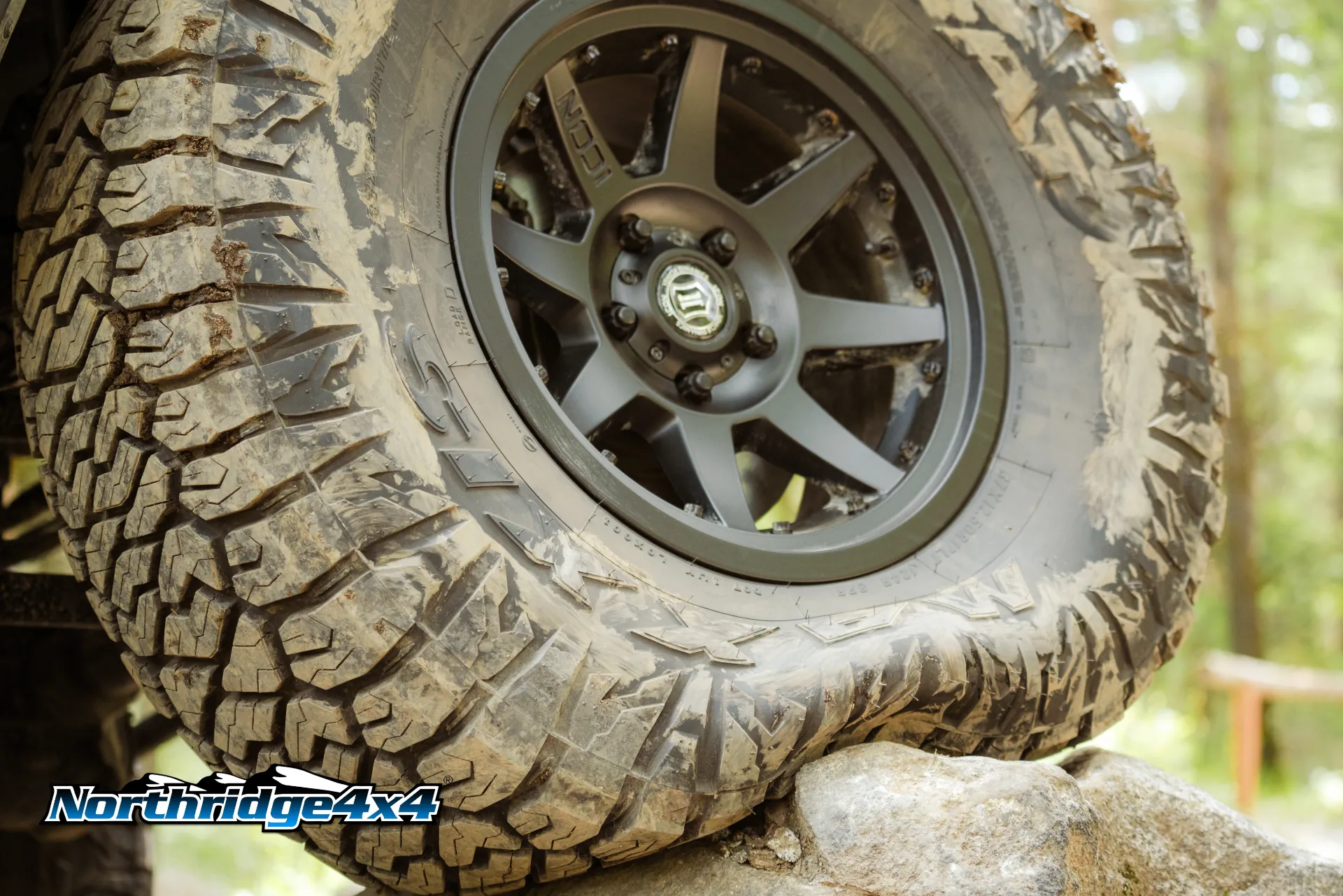
Durable tire sidewalls are an important feature to for if you plan on exploring trails that has jagged rocks or other sharp obstacles. Most truck and 4x4 tires feature either 2 or 3-ply sidewalls. Typically Mud-terrains and Rugged-Terrain tires are equipped with thick 3-ply side walls. Some brands offer 3-ply sidewalls for their All-Terrains, ensuring you the peace of mind when out exploring rough terrain.
3-Peak Mountain Snow Flake Rating

Many tires feature a 3-peak mountain snow flake rating, but what does that actually mean? This classification is granted to tires that have met or exceeded the American Society for Testing and Materials F1805 test. In this test tires must perform better than a standard reference tire using a standardized medium-packed snow surface. A tire that bears the 3-peak mountain snow flake symbol on its sidewall are tested to perform better than standard tires in snowy conditions. In many areas a 3-PMSF rated tire on a 4WD vehicle can be used in place of tire chains in snowy conditions.
The 3PMSF rating is not to be confused with the common M+S (Mud and Snow) symbol found on a tires sidewall. This M+S symbol requires no testing to put on a tire. While the M+S symbol doesnt require testing to put on a tire, it usually means the tire is designed for better traction in various weather conditions and off-road travel than a standard road tire, however there is no guarantee from this symbol.
When is it Time To Get New Tires?
Both the age of the tire and the depth of the tread should help you decide when its time to get new off-road tires! As a general rule, you should replace your tires if they are 6-7 years old, even if they still have tread. Old tires can be dry rotten or severly cracked which can cause failure on and off-road. When off-roading especially, you need reliable tires that can get you down the trail and back home, so its better to be safe than sorry with tires.
Typically, off-road tires should be replaced sooner than you would with a road tire. Most manufacturers recommend replacing tires at 3/32" of tread depth, but for off-roading, replacing them sooner is advisable. Traction is crucial for off-roading, and tires with minimal tread will greatly reduce off-road performance and safety.



